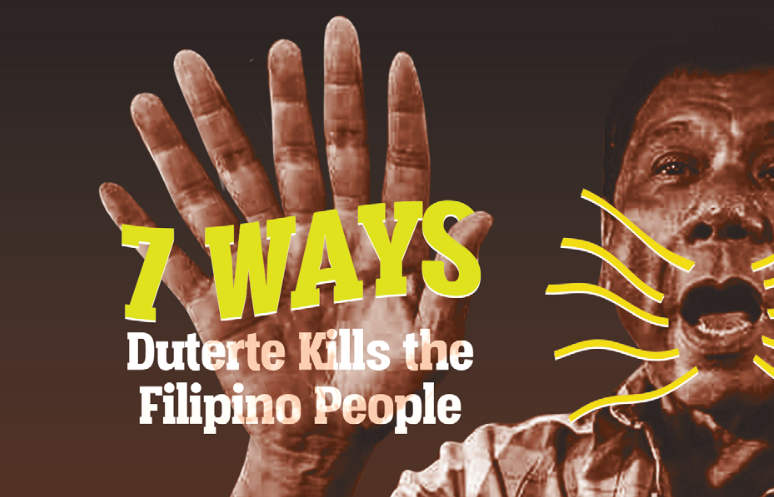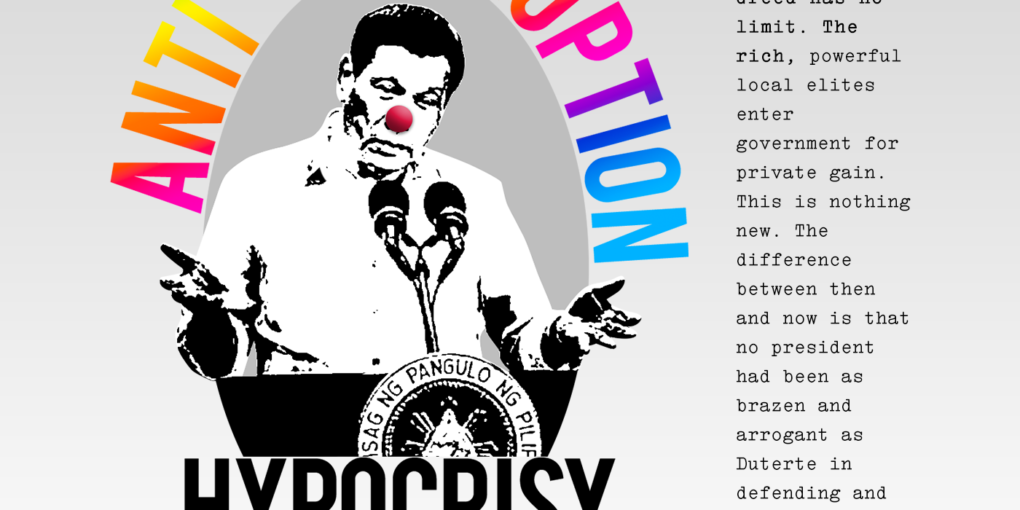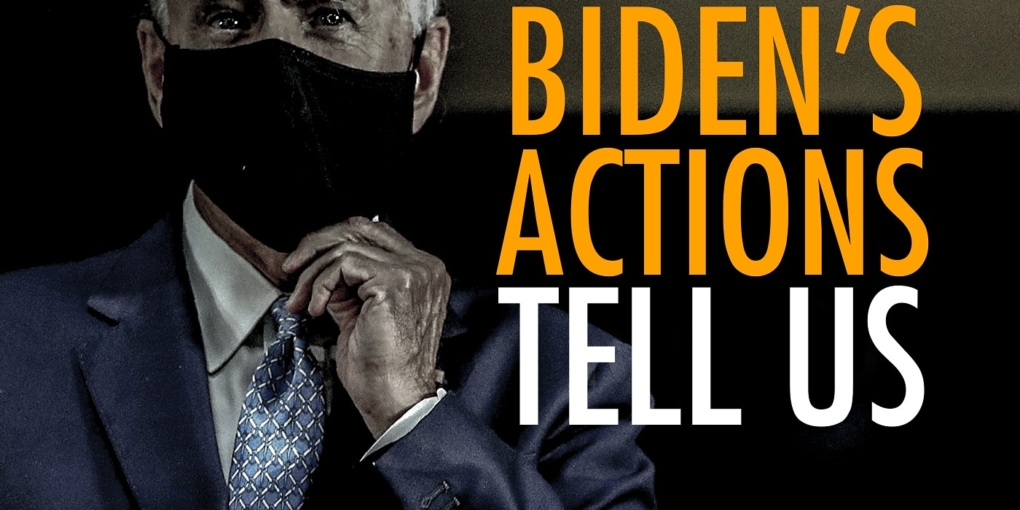Editorial View All
MainStream View All
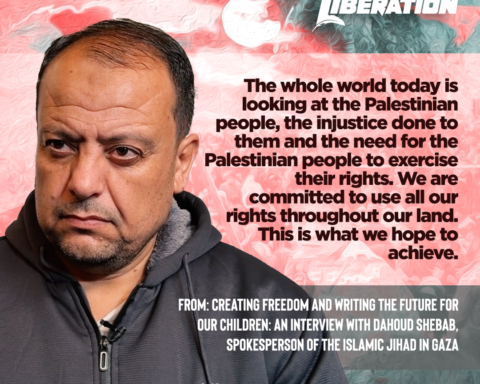
Creating freedom and writing the future for our children
An interview with Dahoud Shebab, Spokesperson of the Islamic Jihad in Gaza by the Liberation staff Through the help of friends from … Keep Reading

What (else) can we expect in the 2022 elections?
Just like how Christmas carols would start playing in the Philippines as soon as the “ber”-months begin, signs also abound everywhere when … Keep Reading
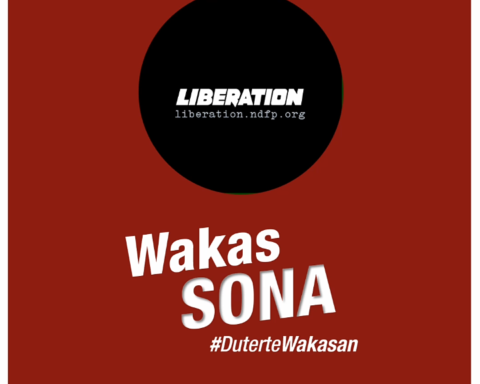
Huling SONA ni Duterte
Tumindig laban sa mapanlinlang na #SONA2021Tumindig para sa katotohananTumindig para wakasan ang tiranya DuterteWakasan #WakaSONA #Tumindig … Keep Reading
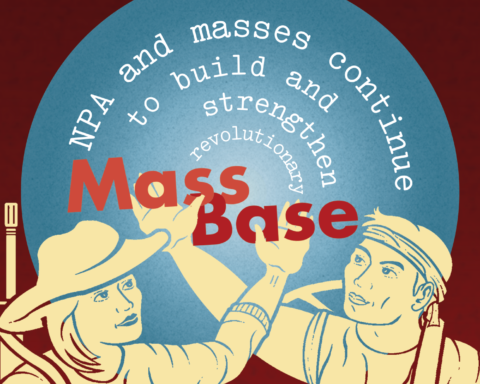
NPA and masses continue to build and strengthen the revolutionary mass base
The new national democratic revolution has been going on for over half a century. It has been targeted by tyrants who attempted … Keep Reading
CounterCurrent View all
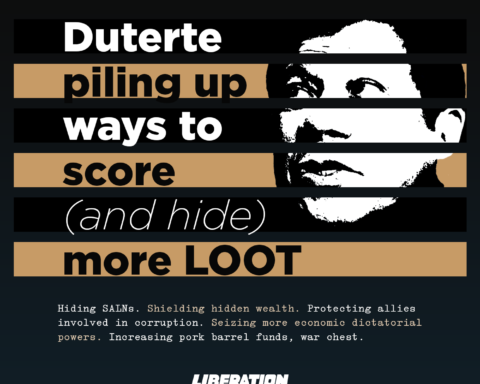
Duterte piling up ways to score (and hide) more loot
President Rodrigo Duterte promised to reduce corruption to the barest minimum under his watch. But as he approaches the last months of … Keep Reading

Portrait of a bureaucrat capitalist: Duterte
As president, Rodrigo R. Duterte is the current chief of bureaucrat capitalists in the Philippines. The award for being the chief is … Keep Reading
Arts & Literature View All

LISTEN TO DEAD BALAGTAS: Our Latest Cool Rakistang Babaylan
by Ava Sumera Since its launching in late 2017 a lot has been said about Emiliana Kampilan’s first full-blown comics, Dead Balagtas … Keep Reading
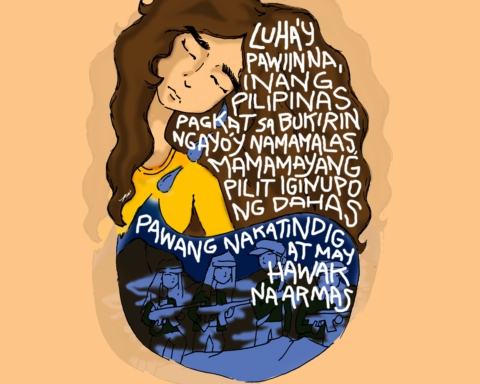
PAGBABALIKWAS (Break the Chains!)
In the course of the National Democratic Revolution, the Filipino language has been transformed and enriched. New words have been needed to … Keep Reading
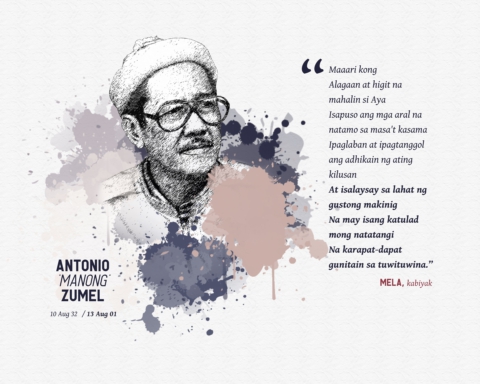
(Untitled)
Paano ko bubuhayin ang alaala Ng aking kaibigan, asawa, ama ng aking anak aking kasama, guro, at mahigpit na kritik, Paano ko … Keep Reading
Statements View All
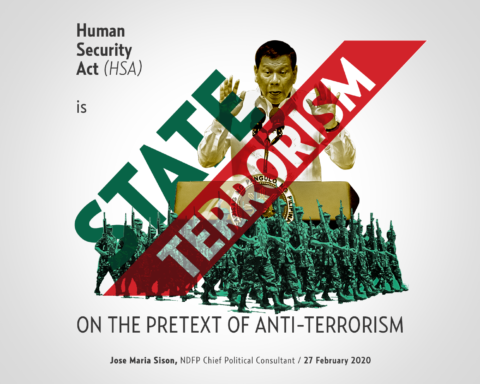
STATE TERRORISM ON THE PRETEXT OF ANTI-TERRORISM
by Jose Maria Sison, NDFP Chief Political Consultant 27 February 2020 The Philippine Senate, now dominated by an overwhelming number of pro-Duterte … Keep Reading
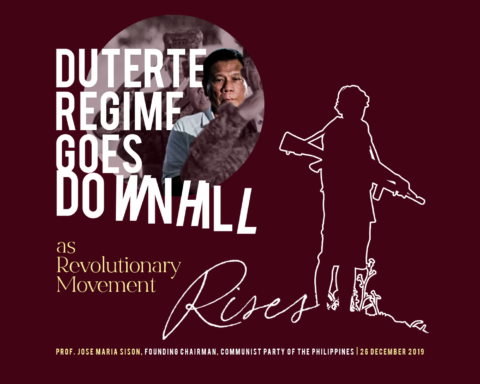
DUTERTE REGIME GOES DOWNHILL AS REVOLUTIONARY MOVEMENT RISES
by Jose Maria Sison Founding Chairman, Communist Party of the Philippines December 26, 2019 In keeping with my historic title as Founding … Keep Reading

CONTEXT AND PREMISES OF THE CPP DECLARATION OF CEASEFIRE (December 23, 2019 to January 7, 2020)
https://shorturl.at/nrJ36 Upon the recommendation of the Negotiating Panel of the National Democratic Front of the Philippines (NDFP), the Central Committee of the … Keep Reading
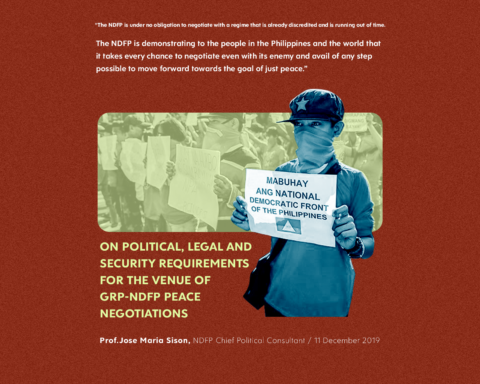
On Political, Legal, and Security Requirements for the Venue of GRP-NDFP Peace Negotiations
Prof. Jose Maria Sison NDFP Chief Political Consultant December 11. 2019 The standing agreement between the GRP and the NDFP enshrined in … Keep Reading

